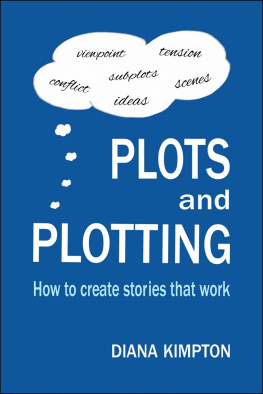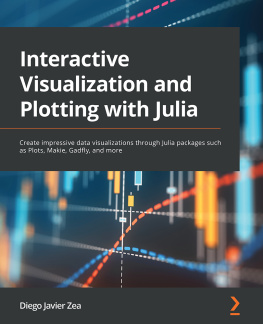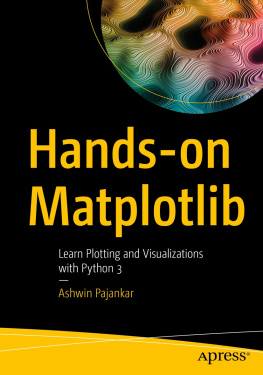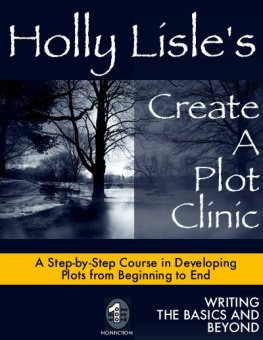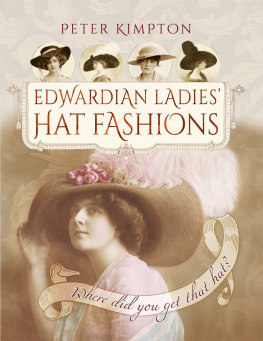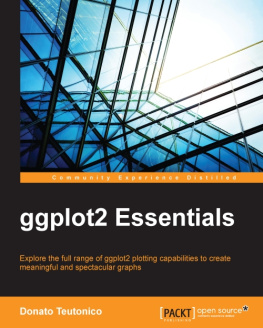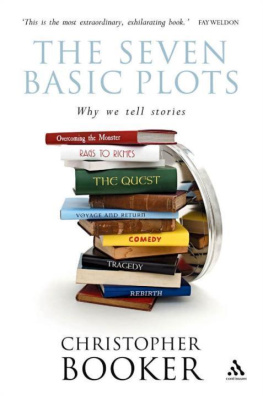Diana Kimpton - Plots and Plotting: How to create stories that work
Here you can read online Diana Kimpton - Plots and Plotting: How to create stories that work full text of the book (entire story) in english for free. Download pdf and epub, get meaning, cover and reviews about this ebook. year: 2018, publisher: Kubby Bridge Books, genre: Home and family. Description of the work, (preface) as well as reviews are available. Best literature library LitArk.com created for fans of good reading and offers a wide selection of genres:
Romance novel
Science fiction
Adventure
Detective
Science
History
Home and family
Prose
Art
Politics
Computer
Non-fiction
Religion
Business
Children
Humor
Choose a favorite category and find really read worthwhile books. Enjoy immersion in the world of imagination, feel the emotions of the characters or learn something new for yourself, make an fascinating discovery.
- Book:Plots and Plotting: How to create stories that work
- Author:
- Publisher:Kubby Bridge Books
- Genre:
- Year:2018
- Rating:5 / 5
- Favourites:Add to favourites
- Your mark:
- 100
- 1
- 2
- 3
- 4
- 5
Plots and Plotting: How to create stories that work: summary, description and annotation
We offer to read an annotation, description, summary or preface (depends on what the author of the book "Plots and Plotting: How to create stories that work" wrote himself). If you haven't found the necessary information about the book — write in the comments, we will try to find it.
Plots and Plotting: How to create stories that work — read online for free the complete book (whole text) full work
Below is the text of the book, divided by pages. System saving the place of the last page read, allows you to conveniently read the book "Plots and Plotting: How to create stories that work" online for free, without having to search again every time where you left off. Put a bookmark, and you can go to the page where you finished reading at any time.
Font size:
Interval:
Bookmark:
Diana Kimpton 2018
Published by Kubby Bridge Books
Contents
Introduction
When I first became an author, I wasnt much good at creating stories. First of all, I tried that technique where you invent some characters and see where they take you. But it failed so badly that my characters wandered off in chapter three, muttering, Dont think much of this book. Its not going anywhere.
Then I tried writing a list of everything that would happen in each chapter. This was a slight improvement because it helped me complete my first attempt at a childrens novel. But thats where the success ended. The story came back from a publisher with a note saying it had a weak plot and a flat ending.
In retrospect, that was probably a good thing for generations of children because that novel was about an 11-year-old boy who goes to a boarding school for young wizards. This was years before Harry Potter came on the scene so, if my weak plot and flat ending had actually been published, JK Rowling might have been faced with publishers saying, Tried that, didnt sell.
However, at the time, I could see no advantage in the rejection at all. It shattered my confidence so badly that I went back to producing non-fiction while I tried to learn how to write novels properly. I devoured every book and article I could find about story structure and used my new-found information to analyse the books I read and the movies I watched.
Gradually I started to understand what makes stories work. But I still couldnt write them. Thats because story analysis is a different skill from story creation. Analysing a novel or film doesnt reveal anything about how the plot developed in the authors head from the original idea it only tells you about the finished product.
My personal breakthrough came when I picked up a copy of How to Write for Animation by Jeffrey Scott. As I read his step-by-step description of how he used a step outline to develop the story for an episode of Teenage Mutant Ninja Turtles, something clicked inside my head. For the first time, I realized that I didnt have to work out a story from beginning to end. I could start at the end and work backwards or start in the middle and work in both directions. Armed with the power of the step outline and the freedom it gave me to work in any way I wanted, I discovered that I could finally create stories that worked.
Since then, Ive written twenty-three novels for young people, including my Pony-Mad Princess series which has sold a million copies worldwide. Ive come a long way since that devastating rejection, and I hope this book will help you make similar progress whether you write for adults or for children.
Of course, there are probably as many ways of writing stories as there are authors in the world. We all think differently and work differently. So this book isnt about getting you to create stories my way. Its about giving you the understanding and the tools you need to discover how to create stories your way.
To help make my ideas clearer, Ill be using some of my own books as examples as well as developing a plot especially for this book. The reason for concentrating on my own work isnt to show off. Its because these are the only stories where I know for sure how they were created. However much we analyse other peoples stories, we can never be sure of how they grew in their authors minds.
Raising the issue of plotting with any random group of authors is likely to start a heated discussion. Some think plotting destroys creativity. Others believe that creativity flounders without plot. Personally, I think the argument is pointless because creativity, story and plot are so intrinsically bound together that its not possible to separate them.
When we set out to create a story, we are starting on a journey of discovery and, as with most journeys, there are alternative routes we can take that all end up in the same place. Which one we choose depends on what works best for us personally, and it may not be the same for each story. For example, I wrote the first draft of my funny sci-fi story, Alien Sheep , with only a rough idea of where the story was going, and then added an extra strand to the story during some fairly major rewrites. In contrast, I plotted Princess Ellies Summer Holiday in huge detail before I started writing and hardly rewrote the first draft at all, except to tweak the language.
I suspect that much of the strong anti-plot feeling amongst authors is due to a dislike of the formulaic plotting methods and strict story structure taught in some creative writing classes. It may also be due to differences in our understanding of what plot and plotting actually are.
For me, the plot is the plan of the story and plotting is the creation of that plan, whether we do it in our heads or write it down. So maybe planning is a less contentious word than plotting. Unless we truly believe that monkeys pressing keys at random might eventually produce the works of Shakespeare, we all plan to some extent before we start writing, so if you really have trouble with me talking about plotting, pleas e think about planning instead.
The less planning you do before you start writing, the higher the chance that youll have to do extensive rethinking and rewriting after youve completed your first draft. Thats why I think the start writing and see where your characters go approach should be called write first, plot later . It failed me completely, but I know other writers like to work that way so Im not going to tell you not to try it. However, if youre the sort of writer who hates making major changes to stories after youve finished them, youll get a better result by working out the details of your story before you start writing.
Its fair to point out that having a complete plot worked out doesnt rule out a later flash of inspiration that calls for big changes, and it definitely doesnt mean that you should ignore that additional inspiration if it comes. The plotting process is there to help you channel your creativity not restrict it.
Its entirely up to you when you switch from plotting to writing, and you can switch back again any time you like. For example, I often write a scene or two quite early on so I can try out different viewpoints (more on that later) before I go back to the plotting process. This kind of test scene can also be useful when youre developing characters. Writing scraps of dialogue can help you work out their individual voices and see how they relate to each other. If nothing else, it may make you realize they are too similar and send you back to your mental drawing board.
A good compromise between the two extremes of plot first or plot later is to work out the shape of the entire story but leave the details until you actually start the writing. So you plot the opening in detail and write that. Then work out the details of the next few scenes and write them. And so on. This approach is plot, write, plot, write, plot, write, etc. And you dont have to do it in sequence. Some writers like to concentrate on planning and writing the most important scenes in their book before they work out how the scenes link together.
Experiment a bit to discover which approach works best for you, and dont be surprised if, like me, you find that your approach varies with each book. This is because different ideas develop differently in our heads. If the inspiration for your story is a final scene that fell fully formed into your head, you may want to write that down before you decide what came before it.
Font size:
Interval:
Bookmark:
Similar books «Plots and Plotting: How to create stories that work»
Look at similar books to Plots and Plotting: How to create stories that work. We have selected literature similar in name and meaning in the hope of providing readers with more options to find new, interesting, not yet read works.
Discussion, reviews of the book Plots and Plotting: How to create stories that work and just readers' own opinions. Leave your comments, write what you think about the work, its meaning or the main characters. Specify what exactly you liked and what you didn't like, and why you think so.

